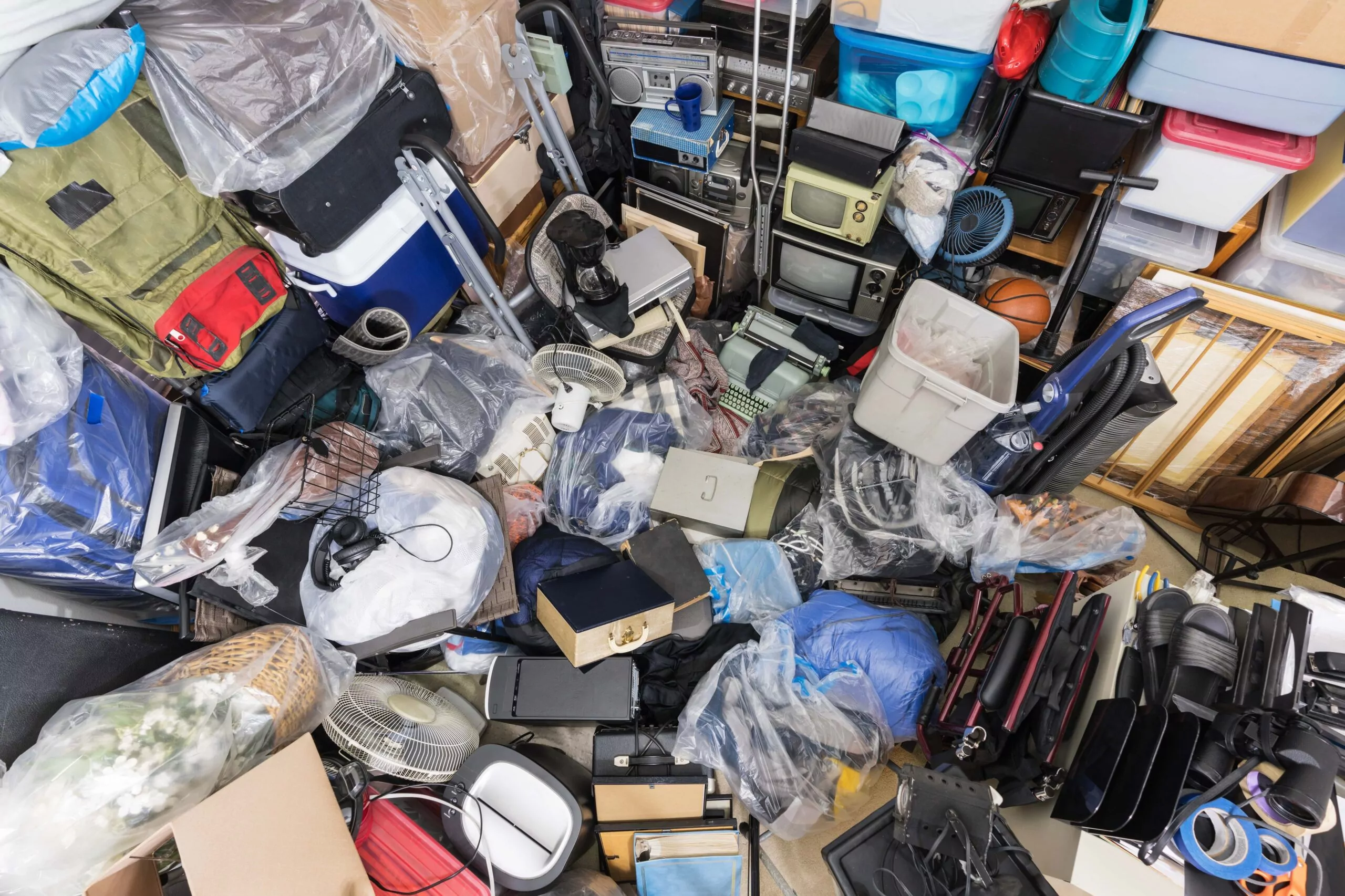In our lives, we all accumulate belongings that hold sentimental value or practical use. But when does keeping things cross the line from a prudent practice of saving to the problematic behavior of hoarding? Understanding the distinction between these two can help maintain a healthy, harmonious living environment and promote mental well-being.
What is Saving?
Saving items typically involves keeping things that are either functional or have sentimental value, with the idea that they will be used or appreciated in the future. The act of saving is characterized by organization and the thoughtful consideration of an item’s purpose. Those who save items effectively can usually find what they need when they need it, and their belongings do not interfere with their living spaces or lifestyle.
What is Hoarding?
Hoarding is recognized by mental health professionals as a disorder that causes individuals to save items to the point that their collections disrupt their living area, social interactions, and overall well-being. A key characteristic of hoarding is the compulsive acquisition of items, including those that are not useful or necessary, and the inability to discard them. This behavior can create unsafe and unsanitary living conditions, as pathways become blocked and rooms filled with clutter are unusable for their intended purpose.
Recognizing the Signs of Hoarding
The Impact of Hoarding
The consequences of hoarding extend beyond cluttered homes. It can severely affect one’s emotional, physical, and financial health. Relationships can strain under the weight of the disorder, and the risk of fire, structural hazards, or health issues from unsanitary conditions can increase.
Managing Collections Healthily
Practical Steps to Manage Possessions Wisely
While both saving and hoarding involve the retention of possessions, understanding and recognizing the distinction between them is crucial. Saving is an organized, purposeful process that doesn’t interfere with one’s quality of life, whereas hoarding is a compulsion that negatively impacts various aspects of life. By setting clear boundaries and regularly assessing personal belongings, one can enjoy the benefits of saving without the risks associated with hoarding. For those struggling, professional help can provide the support needed to reclaim space and peace of mind.

